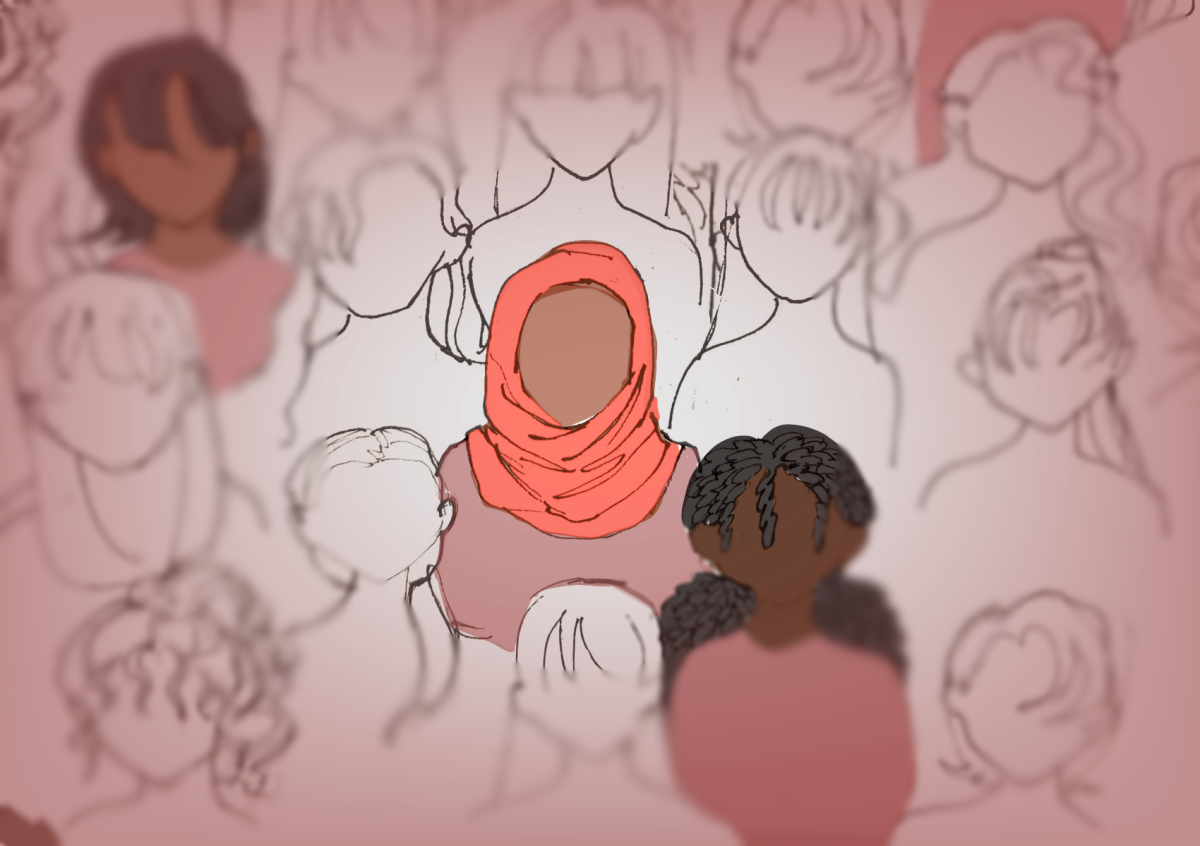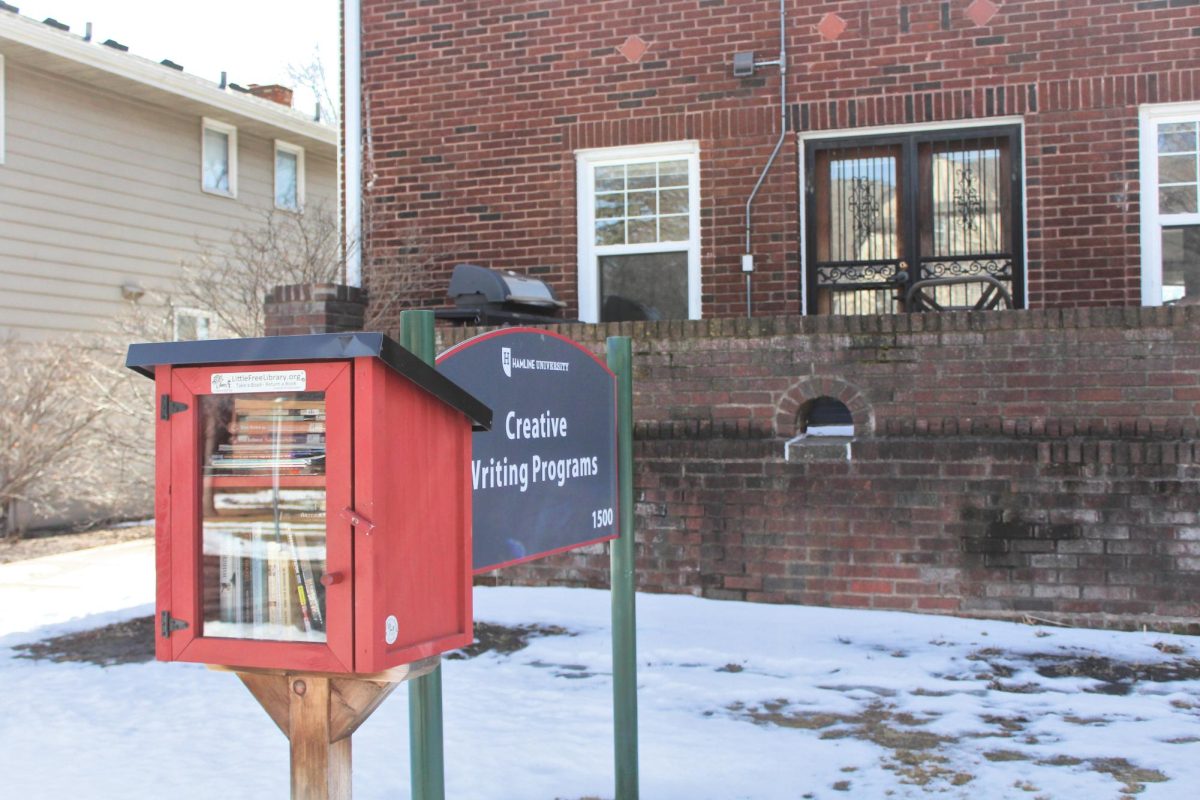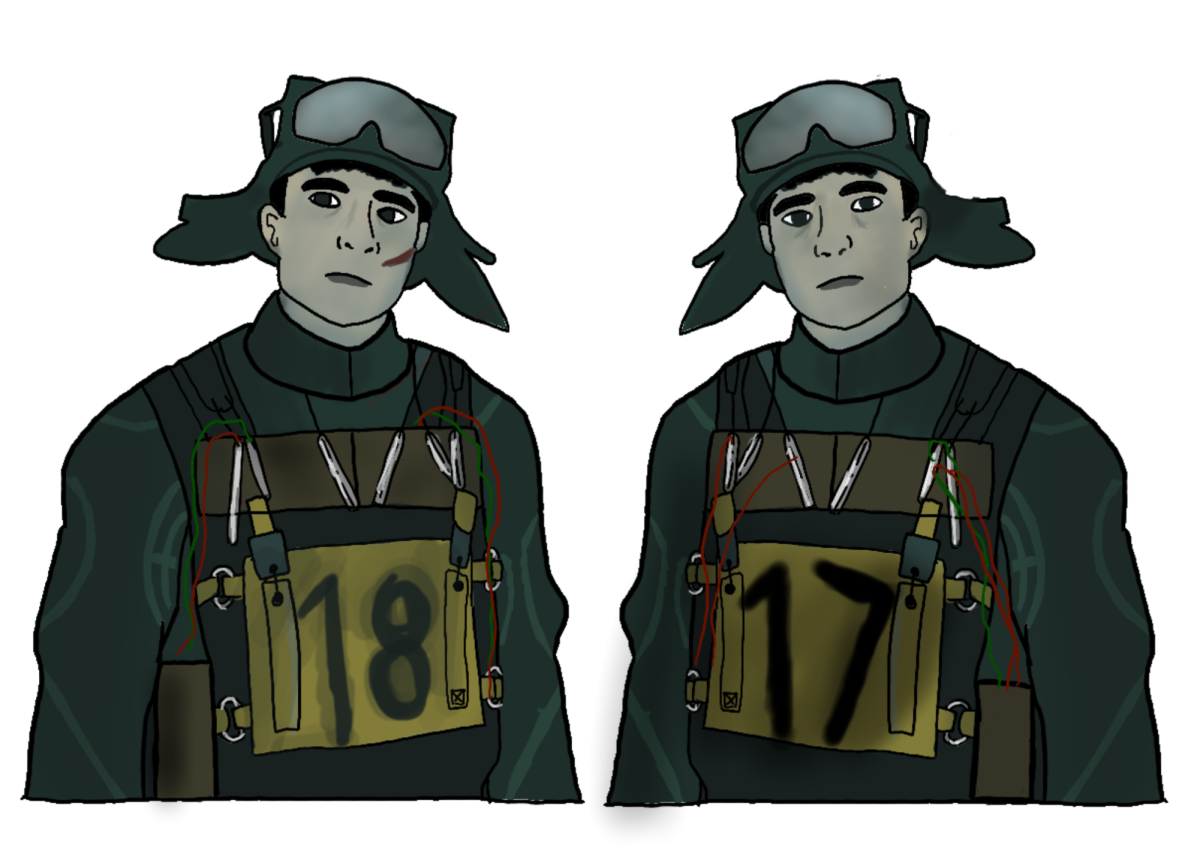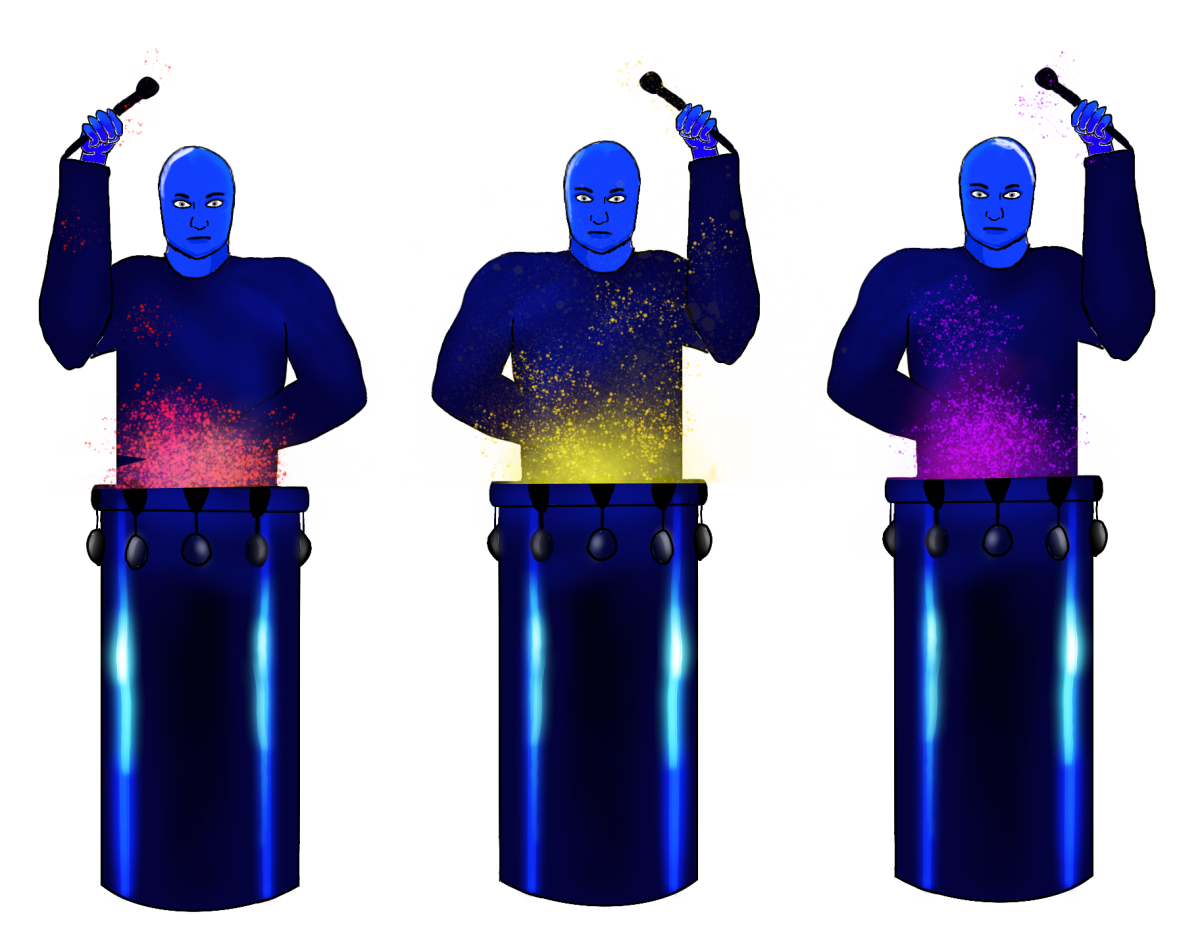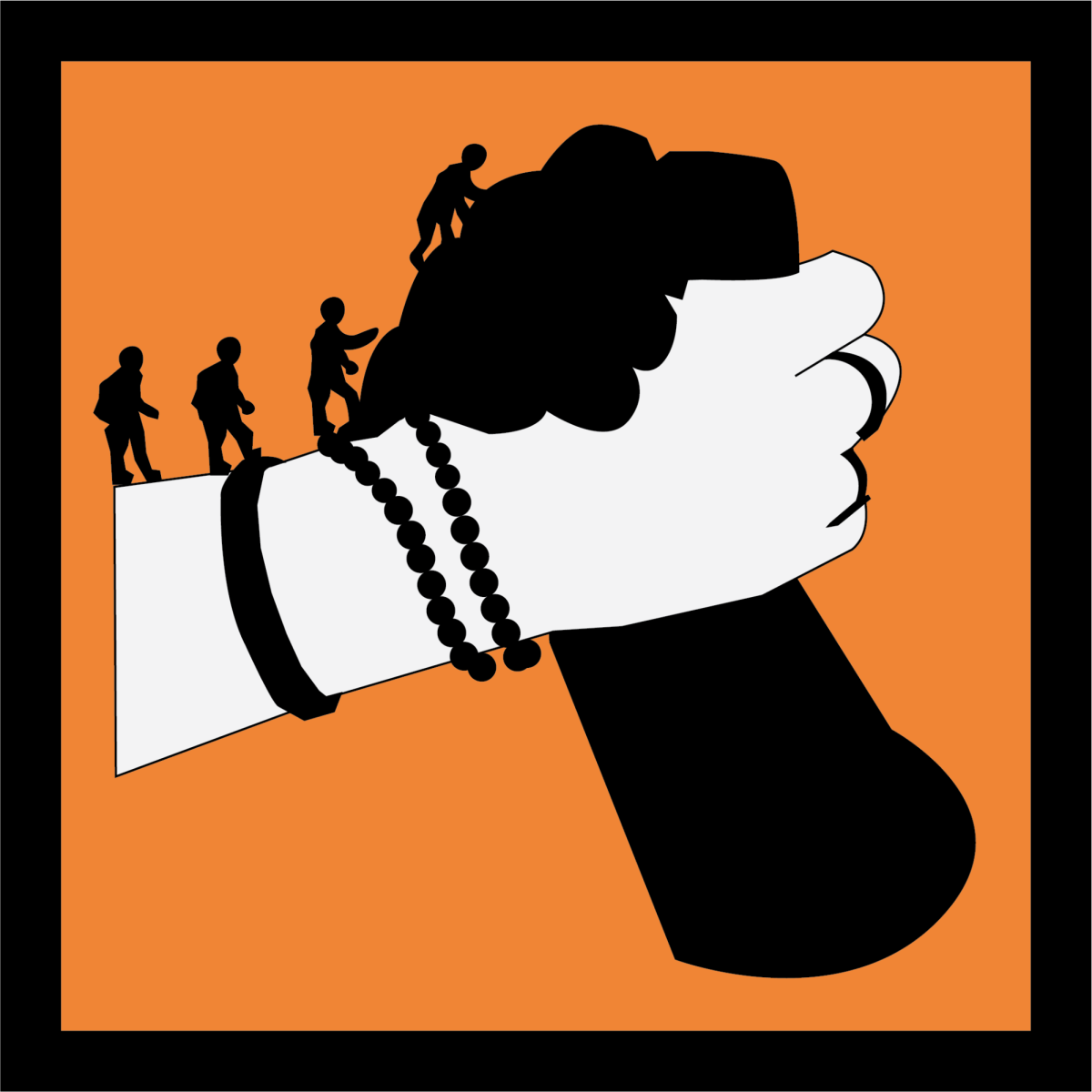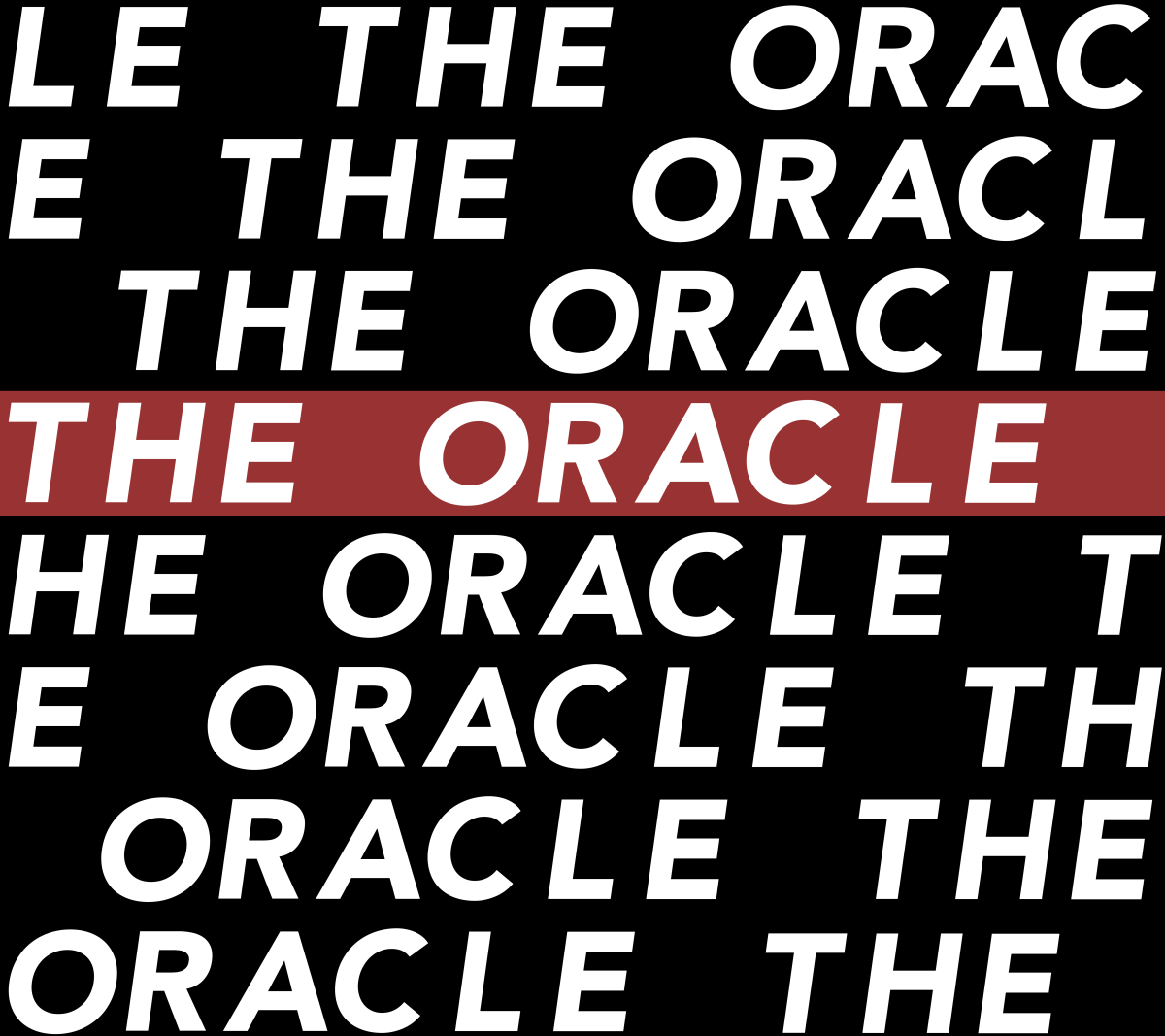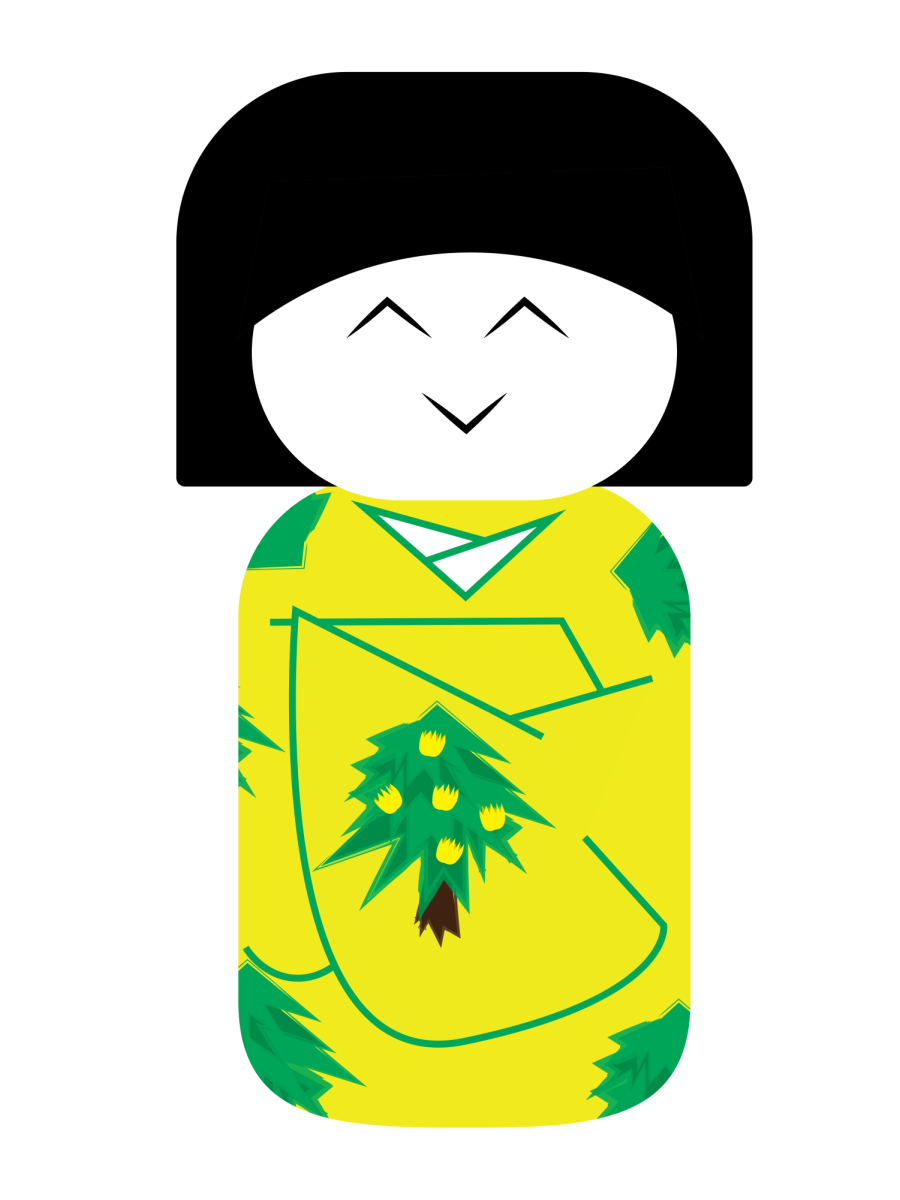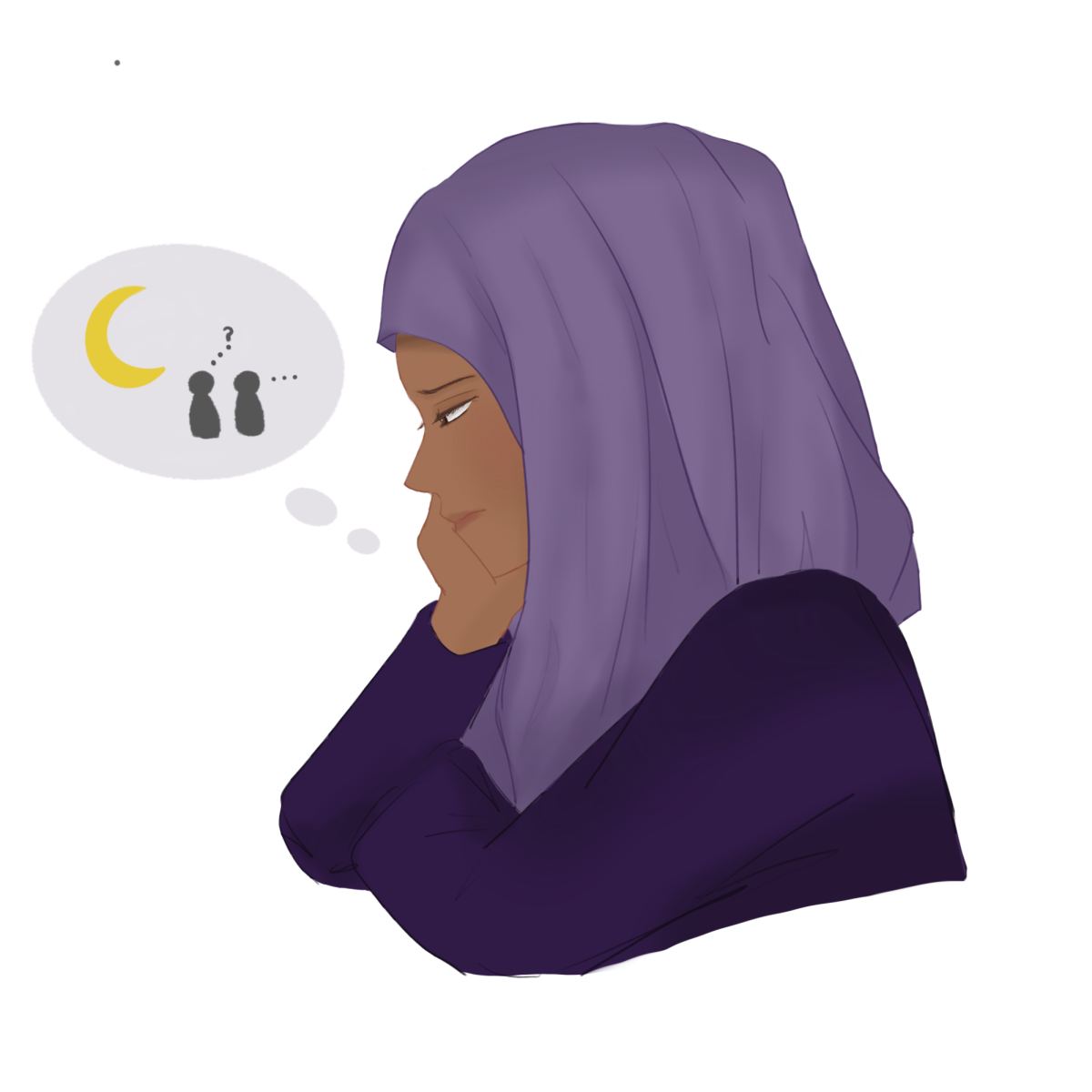Entering my first semester at Hamline, I naturally expected to face some of the challenges I encountered in high school. My high school was predominantly white, and I was used to the stares and microaggressions that often accompanied my presence as the only hijabi in each of my classes over 4 years.
However, I believed that my college experience would be different considering the city and neighboring areas. The environment did seem more welcoming than what I had grown accustomed to in high school. Yet, with my first semester nearly over, I realize that subtle exclusion still exists, even in a place that prides itself on diversity.I learned early on that my identity was often misunderstood, so I spent much of my time outside of school connecting with my culture and community. I did not expect to enter a whole new world at Hamline, but I hoped that it would be something more than what I experienced in high school.
Hamline, to its credit, has a visibly diverse student body. Comparatively, I do not feel as alone. There are Muslim students, students that come from different backgrounds, and different ethnicities and have had experiences similar to mine. I have found spaces on campus where inclusion is actively promoted, and I have found diverse friends who make an effort to understand my background. Still, despite this outward diversity, it is easy to recognize that the lived experiences of diversity don’t always match the surface level efforts.
St. Paul is a city with lots of cultural diversity, and growing up, my neighborhood reflected that. I rarely felt like the “other” in my neighborhood. Here, however, there are moments where I still feel that sense of exclusion. It is not overt like someone telling me I do not belong. Instead, it is subtle. The awkward silences when certain topics come up, the looks I get when I am walking with my friends who also do not fit the mainstream mold, the odd faces when I wear certain things and the microaggressions that still creep into casual conversations. For example, a stranger on campus complimented my outfit one day but added, “It’s so interesting how you’re a hijabi, but you dress so normal.” That one comment, though seemingly harmless, stuck with me. It implied that hijabis are somehow “other” by default, and I did not fit the stereotype they had in mind.
These kinds of moments make me reflect on how the perception of diversity really depends on where you come from. For someone who grew up in a diverse neighborhood, like I did, the “diversity” at Hamline feels limited. Despite St. Paul being a culturally rich area, Hamline—for all its marketing—does not exactly reflect that diversity. For some students, particularly those who come from more homogenous backgrounds, the diversity here may seem groundbreaking or overwhelming in some ways. But for me, the university diversity feels more surface level. The demographic variety can be seen, but the culture of inclusion often does not go beyond acknowledging appearances.
There have been times when I felt the diversity here is more about fulfilling a checklist rather than making a truly inclusive environment. While there are efforts to promote diverse perspectives, the reality of what it is like to be visibly different is often overlooked. There is a feeling that, even in a diverse space, people of different backgrounds are still treated as “outsiders”.
Ultimately, my experience so far at Hamline has shown me that diversity is more than just a buzzword. It is the daily work of creating spaces where everyone feels seen, heard and valued. It is a work in progress, but I am hopeful that my time here will contribute to that change, even in small ways. That being said, I have found a community here. I have met people who share my experiences and understanding, who are willing to learn and who have been in the same boat.
But the truth is, sometimes, I still feel like I am trying to carve out my place in a space that was not initially designed for me, but is that not the default expectation?

